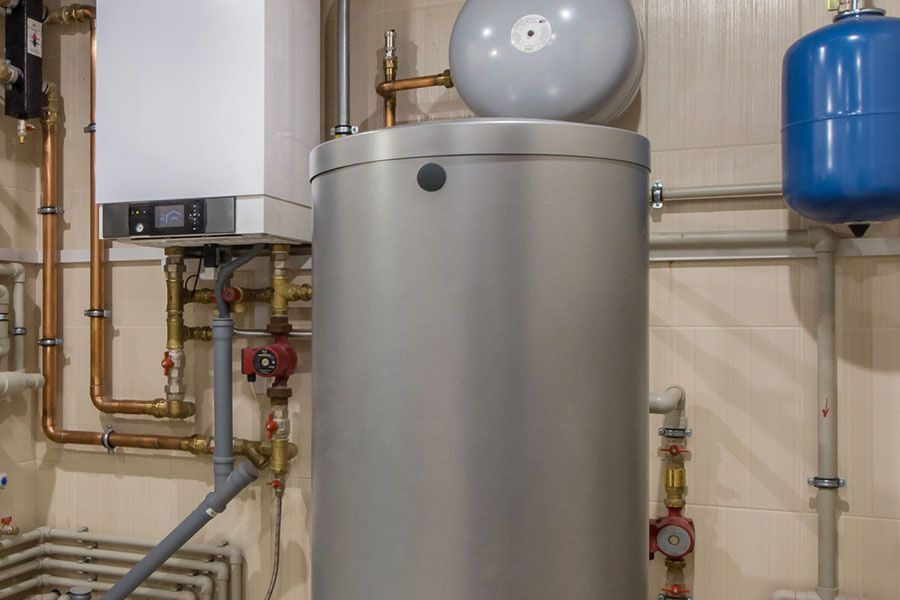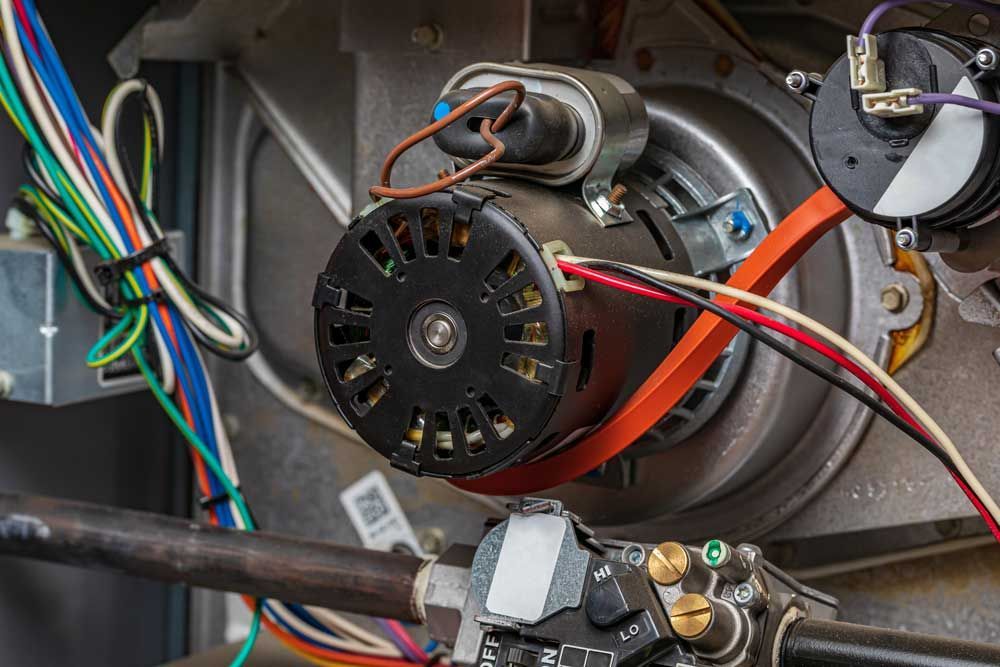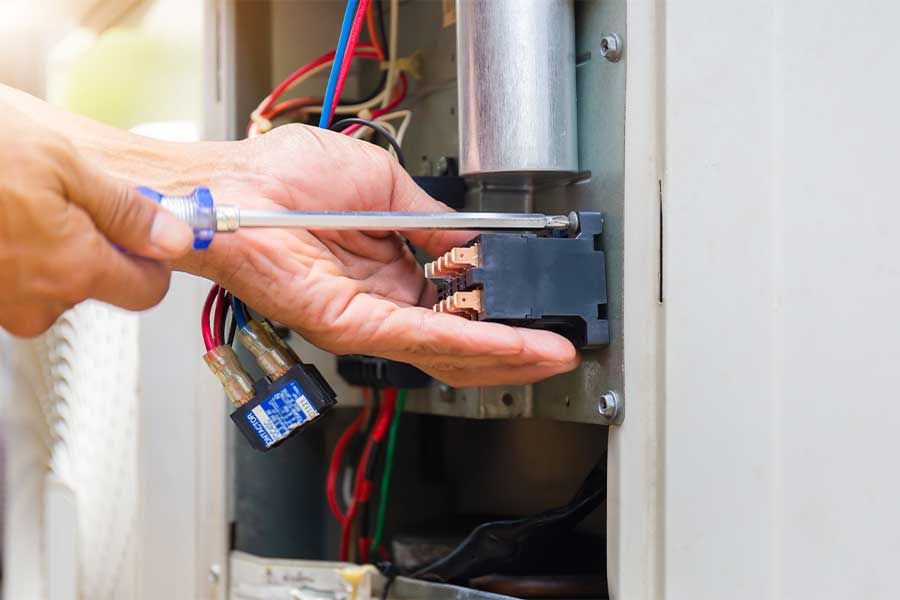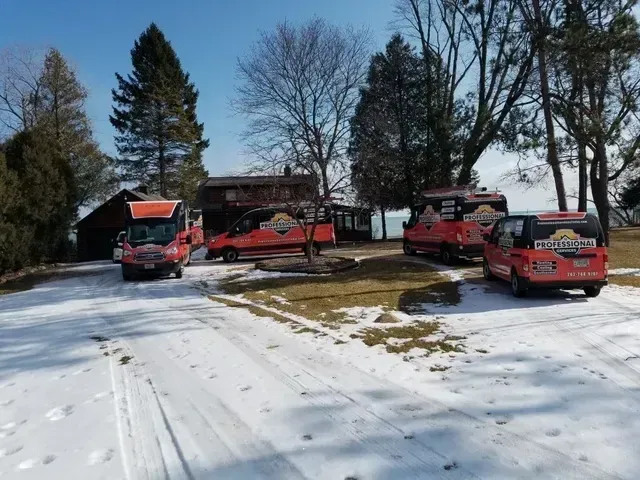Can I Plug an Extension Cord into a Power Strip in My Port Washington Home?
Power strips and extension cords are two of the most common electrical accessories, and for good reason. If you are low on usable outlets, you have probably wondered, “Can I plug an extension cord into a power strip?” After all, that would let you get the most out of your outlets, right?
The short answer is no. You should not put an extension cord into a power strip for safety reasons. Read on to learn more about why we discourage this dangerous practice.
Contact Port Washington’s licensed electrician company at Professional Services today to learn more!
Extension Cord vs. Power Strip
Many people confuse power strips and extension cords, so we are here to set the record straight.
Extension cords are long electrical cords of varying thickness that contain one or more outlets at either end. Extension cords are generally used for powering a single device that is too far away from an outlet for its own electrical cord to reach.
Power strips, on the other hand, contain multiple electrical outlets on a single end that are meant to be used simultaneously. Power strips usually have shorter cables than extension cords and are meant to stay in one place for most of the time, like on your TV console.
The confusion is that some power strips have long cables that make them look like extension cords, but knowing the differences is crucial for safe electrical operation.
Why Shouldn’t You Put An Extension Cord into a Power Strip?
Running an extension cord off a power strip is known as ‘daisy-chaining’ and runs the risk of overloading the maximum capacity the power strip and wall power outlet can handle.
Power strips are only designed to handle a specific amount of current and voltage—any higher, and it can overload the wall circuit. Most of the time, residential devices plugged into power strips, such as computers, appliances, and TVs, have low enough current draw that they won’t cause a problem.
When you add additional devices to a power strip with an extension cord, it can cause the voltage and current to rise higher than the power strip capacity. The risk is higher with extension cords that have multiple outlets at the device end.
Most outlets in homes in the USA can handle about 15 amps of current. However, outlets in many older homes in Port Washington can only draw a maximum of 12 amps. While this is usually enough for smaller appliances, adding extra electrical connections can greatly tax your electrical system.
Rely on a professional with a verified license to handle your electrical concerns for your peace of mind.
What Happens If You Daisy-Chain Power Strips and Extension Cords?
Below are just a few reasons why you should never daisy-chain extension cords and power strips together in your Port Washington home.
Circuit Trip
Too much current can cause your circuit breaker to trip, shutting off electricity to anything else connected to the circuit. This could be bad if, for example, your computer shuts down and doesn’t save important documents or information.
Power strips usually contain a circuit breaker that automatically cuts off electricity to the wall if the current or voltage is too high, but if this safeguard fails, overloading can damage your wall outlet.
Overheating
If the power strip starts to draw too much current, it can start to overheat. Extension cords are very prone to overheating because they are typically thinner than power strips and don’t contain a separate circuit breaker. Overheating can cause power cords to fray and may even cause electrical fires.
Device Damage
Overloading a power strip can also damage any devices that are connected to the strip or extension cord. Power surges cause the voltage and current in connected devices to suddenly spike, which can damage electrical components and even melt exterior casings. For example, a power surge can damage your television by overheating and destroying its circuits.
Using a Power Strip Safely
Below are some additional tips for proper power strip and extension cord usage.
- Double-check extension cord and power strip compatibility before using either.
- Regularly inspect cords and strips for damage.
- Never put more than the allowed devices on a power strip.
- Keep extension cords and power strips away from water sources.
Electrical Services in Port Washington
So, “Can I plug an extension cord into a power strip?” In our professional opinion, no, you should not. Running extension cords through power strips is dangerous and can cause fires and device damage. Contact Professional Services online or give us a call today at
(262) 214-5548 to learn more from the experts!
You might also like












